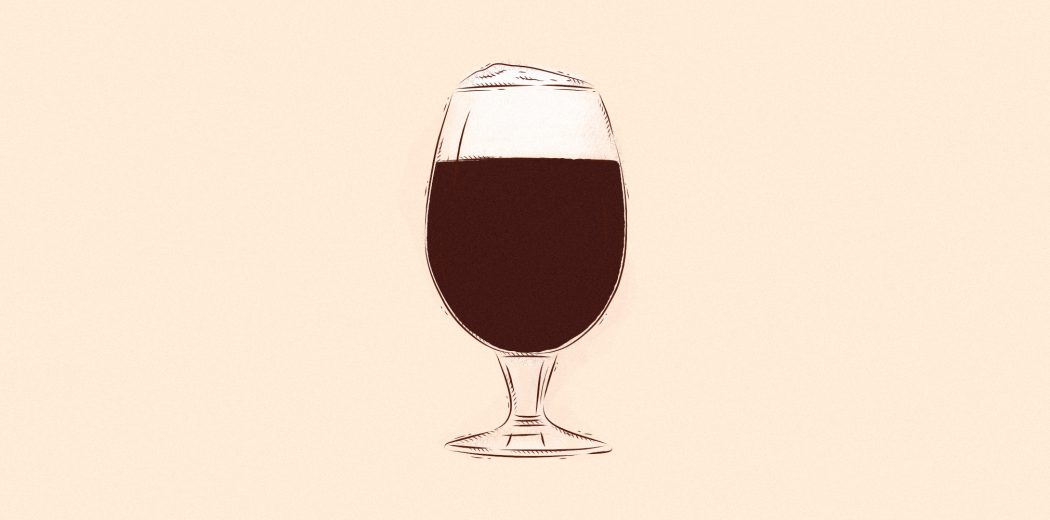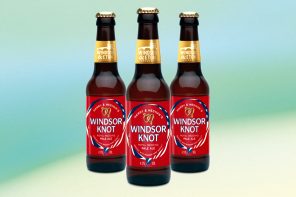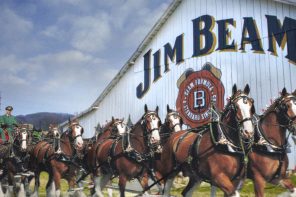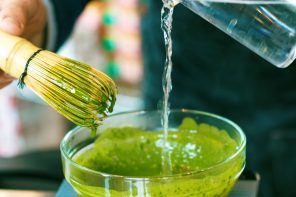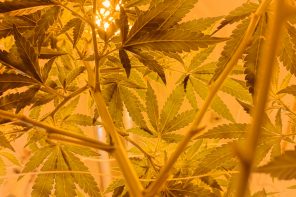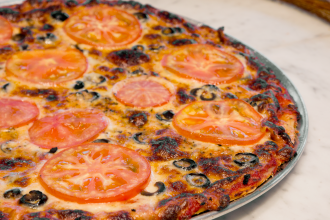What is it?
Hailing from the land of whisky, haggis and Irn-Bru, Scotch ale is a malty, rich delight of a beer that warrants looking into – especially if you’re suffering from craft beer fatigue.
Not to be confused with Scottish ale, Scotch ale is bold, complex and has abundant flavor. It also clocks in at a higher alcohol level; where Scottish ale hovers between 2.5 to 5.5 percent ABV, Scotch ale is typically bottled around a minimum of 6.5 percent all the way to 10 percent ABV. Needless to say, they pack a punch.
And although the name may conjure up visions of barrels and amber liquid served by the dram, these ales don’t taste like Scotch whisky. You won’t find peat or floral aromas in a glass of Scotch ale. They do, however, share a pleasant malt flavor, but more on that later.
You’ll also see Scotch ale described as “Wee Heavy” and the style dates back to the 19th century when this pale ale was first brewed. Its origins lie in Edinburgh and it represents a style of ale that was both common and quite popular during this period in time.
Traditionally, Scotch ales saw a long boiling period in the kettle. This caramelizes the wort and gives a pint of heavy its characteristic color, shades of copper ranging to an exquisite dark brown. This process also lends a slightly sweet flavor to the finished product. Malt, rather than hops, is the star here, and the result is significantly less bitter than many other beers you’ve probably tasted. The reason Malt is used is simply due to the fact that hops had to be imported to Scotland and it was much more practical to use the ingredients already on hand. Scotch ale is a closer relative to barleywine (another style of strong ale) than other pale ales like the ever-popular IPA.
The Shilling System
These categories first cropped up at the tail end of the 19th century and were based on the overall strength of the ale. The stronger the beer, the higher the cost as more taxes (aka duty) had to be paid and corresponded to the price of a hogshead during this time period. Here’s the breakdown:
Light – 60 shillings, for Mild ales of about 3.5 percent ABV.
Heavy – 70 shillings, slightly more robust and somewhat sweeter than Light. Usually between 3.5 and 4 percent ABV.
Export – 80 shillings. These were the classic Scottish ales of yore, which hovered around 4 to 5.5 percent ABV.
Wee Heavy (Scotch ales) – 90 shillings. Occasionally you’ll come across a Scotch ale label 90 shillings and these are at least 6.5 percent alcohol.
Ordering a Pint of Wee Heavy
Robust, generous and complex, Scotch ale is just the thing for the beer lover with a jaded palate. The maltiness gives this ale a whisper of sweetness yet you’d never call it truly sweet; the finish is without a doubt, dry. Caramel, toffee, the occasional hints of dried fruits and naturally, roasted malt all come together in Scotch ale. Since hops don’t play a major role in Scotch ale, this beer won’t have the characteristic bitterness of styles that are hop-heavy.
Do yourself a favor and serve it the right way. Scotch ale is best at a cool room temperature (the way you’d enjoy a Guinness or glass of red wine). Being from Scotland, it’s naturally served in a ‘thistle’ glass. In the glass, it takes on colors ranging from rich amber to brooding copper or chocolate brown.
Scotch ale is perfect for this time of year; warming, malty, with the suggestion of something sweet, it’s just the thing for those nights out braving the cold or a cozy night in with friends.

